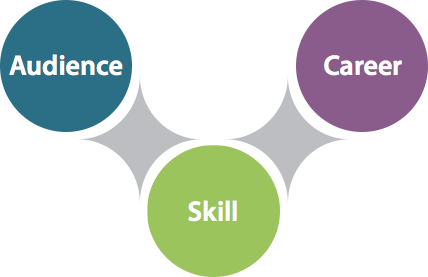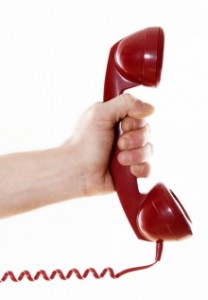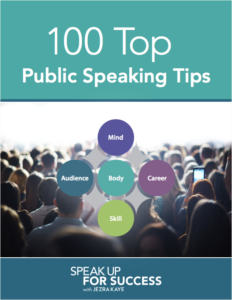 Public speaking can take lots of different forms — and today, those include what you share on social media, and even the humble email message.
Public speaking can take lots of different forms — and today, those include what you share on social media, and even the humble email message.
How many emails do you receive each day?
50? 100? 200? Those numbers aren’t unusual — and everyone you write to is struggling with that same deluge of (mostly irrelevant) correspondence.
So how, when your email is important and valuable, do you cut through the clutter and write something that will actually get opened and read?
To Write an Email that Gets Read, Make Your Subject Line Count
Here are some typical subject lines that are unlikely to get an email opened, because they aren’t even trying to catch the reader’s interest:
- Big News from Acme Organization
- The Latest from Jane Smith
- We Need Your Help to Meet Our Campaign Goal
- John Brown’s New Blog Post
 Unless you’re a total devotee of Acme Corporation, Jane Smith, John Brown, or whoever’s trying to raise that money, you’re more likely to open an email titled:
Unless you’re a total devotee of Acme Corporation, Jane Smith, John Brown, or whoever’s trying to raise that money, you’re more likely to open an email titled:
- Acme Organization Fires Entire Leadership Team
- Jane Smith is Taking a Position in Shanghai!
- Help!! Only $70K to go before we can launch our scholarship fund
- John Brown’s photos of last week’s demonstration
If these subject lines sound like newspaper headings — or titles from Slate or the Huffington Post — that’s no accident. Take a tip from people whose job is to entice you to read, and make your subject lines active, specific, and intriguing.
It’s Easier to Read an Email with White Space
A good email should be “readable,” or easy to read, and 10 or 12 lines of wall-to-wall text just are not! (Do they make you feel jumping in?). So to make your email easy to read:
- Leave blank space between your paragraphs;
- Bullet point elements in a list; and
- Keep your sentences short and sweet.
Speaking of which…
To Get It Read, Take the Time to Make Your Email Short
 It pays to take the extra time you need to write a shorter email.
It pays to take the extra time you need to write a shorter email.
And yes, writing a shorter email takes more time than writing a longer one.
As thinkers like Benjamin Franklin have noted, when you write something short, you can’t just blather onto the page — you have to think more carefully about what’s actually worth saying.
(Those weren’t Ben Franklin’s exact words!)
The best way I know to write a short email is to write it twice (or, as we writers like to say, do two drafts), like this:
- The first time through, get down everything you think you need to say.
- Then go back and take out most of what you wrote!
Be Sure Your Email Shouldn’t Be Something Else
Emails, by their rapid-fire, ephemeral nature are best suited for:
- Suggesting or confirming plans (“How about 2PM on Thursday?”);
- Giving people simple instructions (“I’m overnighting a detailed report; please let me know when you’ve reviewed it”); and
- Setting up longer conversations (“Let’s talk soon about our new associate. I have some concerns about his training.”)
 So before you hit “send” on an email that doesn’t fall into those categories, consider these alternate communications strategies:
So before you hit “send” on an email that doesn’t fall into those categories, consider these alternate communications strategies:
- If the situation is complicated, delicate, or nuanced, pick up the phone and discuss it “in person.”
- If you have detailed information to convey, make your email an executive summary and attach a document with your detailed analysis.
- If you’re trying to make an important case, use the Instant Speech format (or even a stand-alone Key Message) to introduce your position and get the other person’s reaction before you bombard them with arguments.
In Closing…
If you want your email to get read,
- Create an interesting subject line,
- Make your content short, and
- Lay it out attractively with lots of white space to ease the reader’s eyes.
And if your email is really important, call or text the other person to let them know your email is coming.
That way, it won’t languish in their inbox.

 Buy 100 Top Public Speaking Tips: The Book!
Buy 100 Top Public Speaking Tips: The Book!
In 25 years of speaker coaching, I’ve helped my individual speaker coaching clients develop their strengths and skills to become authentic and effective communicators.
Along the way, I’ve developed tips for everything from small talk to speaking up in meetings, from managing fear to making an impact.
And now, I’ve shared it all in 100 Top Public Speaking Tips: The Book. This beautifully designed PDF booklet is searchable, clickable, and categorized, so that you can find what you need, instantly.
